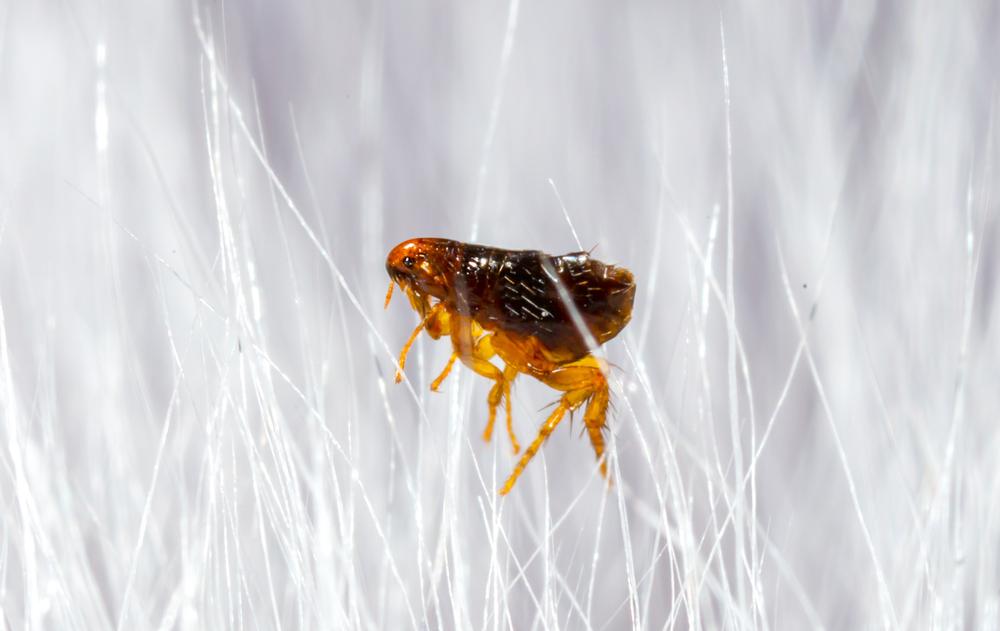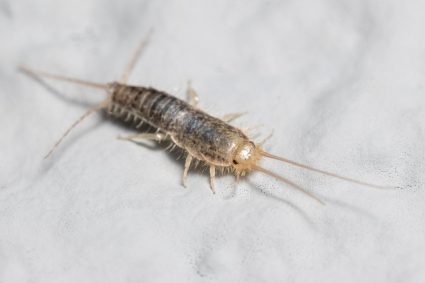
Ticks can pose a significant threat to the health of your family and pets. These tiny, blood-sucking pests can carry and transmit diseases like Lyme disease, Babesiosis, Anaplasmosis, and more. Therefore, knowing how to keep ticks out of your house is crucial. This comprehensive guide will provide you with detailed information, practical tips, and effective strategies to prevent ticks from invading your home.
To keep ticks out of your house, maintain your yard regularly by mowing the grass short and removing leaf litter. Create a tick-safe zone with a barrier of wood chips or gravel between your lawn and wooded areas. Treat your pets with tick repellants and check them regularly for ticks. Use EPA-registered insect repellants on your skin and clothing, and treat your clothing and gear with products containing 0.5% permethrin. After spending time outdoors, thoroughly check for ticks and shower within two hours of coming indoors.
Understanding Ticks
Before we delve into the prevention strategies, it’s important to understand what ticks are and how they operate. Ticks are small, parasitic arachnids that feed on the blood of mammals, birds, and sometimes reptiles and amphibians. The most common type of tick found in homes is the brown dog tick (Rhipicephalus sanguineus). These ticks can adapt to living indoors, unlike most other ticks which find indoor environments too dry for long-term survival.
How Ticks Enter Your Home
Ticks can enter your home in several ways. The most common way is by hitching a ride on pets or people. Pets, especially dogs, can bring ticks into the house after spending time outdoors in grassy, brushy, or wooded areas. Ticks can also be brought indoors by unwelcome visitors like mice and rats.
Health Risks Associated With Ticks
Ticks pose a significant health risk as they can transmit various diseases to humans. Some of the diseases transmitted by ticks include Lyme disease, Anaplasmosis, Babesiosis, and Rocky Mountain spotted fever.
How to Keep Ticks Out of Your House
Maintain Your Yard
An unkempt yard can be a haven for ticks. Keep your grass mowed short, remove leaf litter, and clear tall grasses and brush around your home and at the edge of your lawn. This makes your yard less attractive to ticks and the animals that carry them.
Create a Tick-Safe Zone
Place a 3-ft wide barrier of wood chips or gravel between your lawn and wooded areas to restrict tick migration. This can also help to prevent ticks from entering your yard and eventually your home.
Treat Your Pets
Use tick collars, spot-on treatments, or chewable medications to prevent ticks from clinging to your pets. Regularly check your pets for ticks and remove them promptly.
Use Tick Repellents
Apply Environmental Protection Agency (EPA)-registered insect repellents containing DEET, picaridin, IR3535, Oil of Lemon Eucalyptus (OLE), para-menthane-diol (PMD), or 2-undecanone on your skin and clothing.
Treat Clothing and Gear
Use products containing 0.5% permethrin to treat boots, clothing, and camping gear, which will remain protective through several washings. Alternatively, you can buy permethrin-treated clothing and gear.
Check for Ticks
After spending time outdoors, especially in wooded or grassy areas, thoroughly check yourself, your family members, and pets for ticks. Shower within two hours of coming indoors to reduce the risk of tick-borne diseases.
In Conclusion
Ticks are more than just pesky insects; they can pose a serious health risk to you and your family. By following these steps, you can significantly reduce the chances of ticks entering your home and protect yourself and your family from tick-borne diseases. While total prevention of tick infestations may not be possible, these measures can certainly help in reducing the risk. Stay vigilant, keep your home and yard clean, and remember to check for ticks regularly.
For further assistance or if you suspect a tick infestation, consider contacting a professional pest control company. They can provide additional guidance and services to ensure your home is safe from ticks.
Frequently Asked Questions
What is the correct way to remove a tick from my pet?
Use fine-tipped tweezers to grasp the tick as close to the skin’s surface as possible. Pull upward with steady, even pressure. Don’t twist or jerk the tick; this can cause the mouth-parts to break off and remain in the skin. If this happens, remove the mouth-parts with tweezers. After removing the tick, thoroughly clean the bite area and your hands with rubbing alcohol or soap and water.
Are certain times of the year worse for ticks?
Yes, ticks are more active during warmer months (April-September). However, they can be active year-round in some regions with milder winters.
Besides Lyme disease, what other diseases can ticks transmit?
Besides Lyme disease, ticks can transmit several other diseases, including Anaplasmosis, Babesiosis, and Rocky Mountain spotted fever. Some ticks can also cause a rare paralysis in humans and pets.
How effective are tick collars for pets?
Tick collars can be an effective method for controlling ticks on pets, especially when used in combination with other methods such as spot-on treatments. However, they must be used correctly. Make sure the collar is fitted properly and remember to replace it as recommended by the manufacturer.
Can ticks survive indoors?
Most ticks prefer to live in moist and humid environments, and can’t survive for long in most indoor conditions. However, some species, like the brown dog tick, can adapt to indoor environments.












